The Rise of the Tiny Troublemakers: Bed Bug Infestations in Homes
Picture this: you’ve had a long, exhausting day, and all you want is a good night’s sleep in the comfort of your own bed. But then, as you lay there, you suddenly feel an itchy sensation on your arm. You brush it off, thinking it’s just a mosquito bite.
Little did you know that what’s lurking in the shadows are reddish-brown bugs—bed bugs—ready to turn your peaceful slumber into a nightmare. In recent years, bed bug infestations have become an alarming issue across homes worldwide.
These elusive creatures have made a remarkable comeback after decades of relative obscurity. According to the National Pest Management Association (NPMA), 97% of pest control service professionals reported treating for bed bugs—a significant increase compared to just 25% two decades ago!
Become a Bed Bug Master: Unlock the secrets of bed bug control and prevention in our comprehensive guide, Mastering the Art of Bed Bug Eradication. Take charge of your environment and bid farewell to these pesky pests.
Taking Preemptive Action: The Importance of Preventive Measures
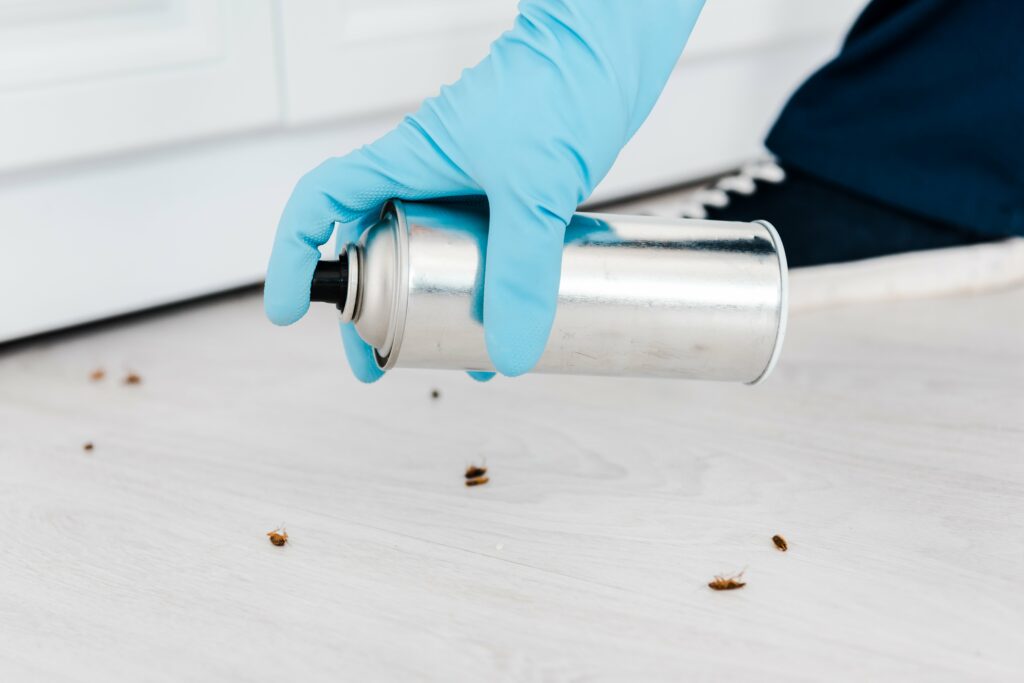
Given the surge in bed bug infestations, it becomes crucial to take proactive steps to protect your home and loved ones from these pesky pests. Prevention is undeniably better than dealing with an infestation aftermath that includes sleepless nights, relentless itching, and expensive extermination fees. While these tiny nocturnal nuisances are not known to transmit diseases, their bites can cause discomfort and skin irritations for many individuals.
Furthermore, eradicating an established bed bug population can be challenging as they hide in cracks and crevices—such as mattress seams or furniture joints—making eradication more difficult. To ensure peace of mind and uninterrupted beauty sleep at night (which we all deserve!), let’s explore some effective preventive measures against these blood-sucking creatures.
Unveiling the Secrets of Bed Bugs
Meticulously Sneaky, These Nighttime Intruders Are Relentless When it comes to bed bugs, knowledge is power. To effectively prevent and combat these cunning creatures, it’s essential to familiarize ourselves with their physical characteristics and behavior.
Bed bugs are small, reddish-brown bugs that measure about 5-7 millimeters in length. They have flat bodies with a distinctive oval shape and six legs, enabling them to scurry swiftly across various surfaces.
Bed bugs are nocturnal insects that primarily feed on human blood. They possess a remarkable ability to adapt and survive for extended periods without feeding.
These opportunistic bloodsuckers are attracted by the carbon dioxide we exhale and the warmth our bodies emit while we sleep soundly. Their feeding habits are typically painless due to an anesthetic they inject before extracting our blood with their needle-like mouthparts.
Habitats Where Bed Bugs Thrive
Seeking Refuge in Stealthy Hideouts You May Never Expect to Find Bed bugs exhibit a remarkable affinity for cozy hiding spots where they can easily access their food source – us! Common hideouts include mattresses, box springs, bed frames, headboards, and even bedside tables.
If left unchecked, they can also infest upholstered furniture such as couches or chairs near sleeping areas. These resilient pests often establish themselves close to their hosts’ sleeping quarters but can spread throughout a home over time if not addressed promptly.
In addition to bedding areas, they may seek refuge in cracks and crevices along walls or floors. It’s crucial to seal any such entry points diligently since bed bugs possess the uncanny ability to squeeze through remarkably tiny openings.
Feeding Habits of Bed Bugs
A Stealthy Meal Plan That’s All About Survival and Multiplication Bed bugs feed exclusively on blood, and their meals are typically taken during the night when their human hosts are in a deep slumber. When searching for a feeding spot, they rely on their keen sense of smell to detect body heat and exhaled carbon dioxide.
Once they locate a suitable host, they skillfully pierce the skin with their mouthparts and commence feeding. A single bed bug can engorge itself with blood multiple times during its lifespan, growing in size after each meal.
After feeding for around 5-10 minutes, these crafty critters retreat to their hiding spots to digest their meal and mate. Interestingly, female bed bugs require a blood meal before laying eggs.
A single female can lay up to 500 eggs over her lifetime, exacerbating an existing infestation if not properly addressed. Understanding the physical attributes and habits of bed bugs is crucial for effective prevention and control measures.
Combining this knowledge with proactive steps like regular cleaning, sealing cracks, using mattress covers, and employing non-chemical methods can significantly reduce the risk of bed bug infestations in our homes. By staying vigilant against these relentless nocturnal intruders, we can ensure peaceful nights devoid of any unwanted bloodsucking visitors!
Identifying Signs of Bed Bug Infestation
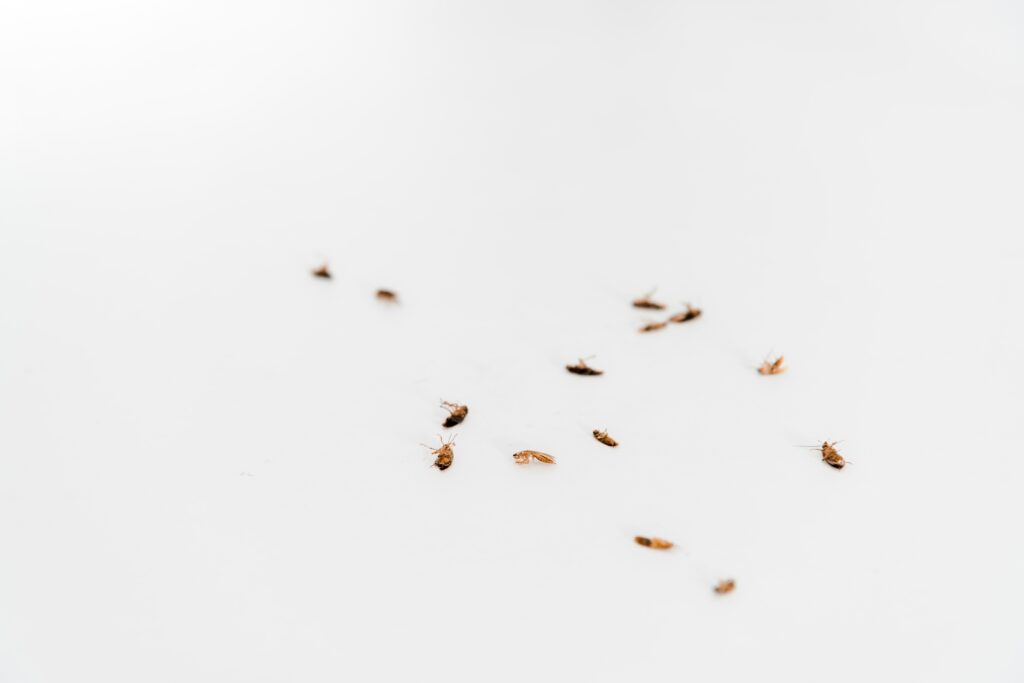
Common Indicators: Bites, Bloodstains, and Fecal Matter
Bed bug infestations can often go unnoticed until the signs become too obvious to ignore. One of the most commonly reported signs is waking up with itchy red bites on your body.
These bites are typically grouped or appear in a linear pattern, as bed bugs tend to feed multiple times during one session. Keep in mind that not everyone reacts to bed bug bites, so if you share a few bed bug problems with someone and they exhibit symptoms while you do not, it’s still possible that you have an infestation.
Besides bites, other telltale signs of an infestation include bloodstains on your bed sheets or pajamas. These stains result from the accidental squishing of engorged bed bugs while asleep.
Additionally, inspect your bedding for dark fecal spots resembling ink stains. Bed bugs excrete digested blood after feeding, and these stains are often found near their hiding spots or along seams.
Lesser-Known Signs: Sweet Musty Odor or Discarded Exoskeletons
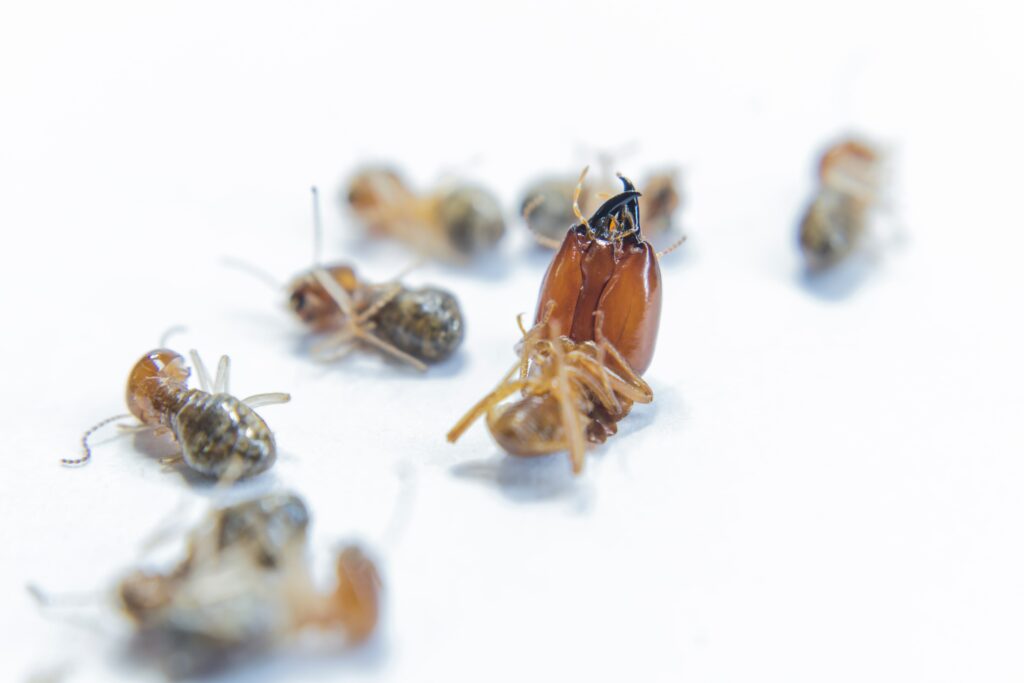
While bites and stains are well-known indicators of a bed bug infestation, there are some lesser-known signs that can help detect these sneaky insects. One such sign is a sweet musty odor emanating from the infested area. It’s often described as smelling like overripe raspberries or coriander seeds.
This smell comes from pheromones released by bed bugs to communicate with each other. Another overlooked clue can be found in discarded exoskeletons left behind by growing nymphs as they molt into adult bed bugs.
These exoskeletons resemble translucent shells and can be found near their hiding spots like crevices in furniture or mattress folds. While individually small and easy to miss, finding multiple exoskeletons is a strong sign of an existing infestation.
By regularly washing and inspecting your bedding, carefully inspecting furniture, and being aware of these signs, you can catch a bed bug infestation in its early stages, giving you a better chance to eradicate them efficiently. Stay tuned for the next section on preparing your home for prevention, where I’ll share some handy tips to minimize potential hiding spots for these pesky pests.
Preparing Your Home for Prevention
Tips for decluttering and minimizing potential hiding spots for bed bugs

Out with the Clutter, Out with the Bugs! Decluttering your home is not only beneficial for your peace of mind but also plays a crucial role in tips for preventing bed bug infestations in your home.
These sneaky little critters thrive in cluttered environments, as it provides ample hiding spots for them to breed and multiply. So, it’s time to grab those garbage bags and get down to business!
Start by going through each room of your house, including bedrooms, living areas, and even storage spaces. Carefully inspect items like clothing, books, furniture, and electronics that have been lying around untouched for ages.
Evaluate whether you truly need these items or if they can find a new home through donation or disposal. Once you’ve sorted out the clutter, it’s essential to organize your belongings effectively.
Keep storage areas tidy by using plastic bags or containers with tight-fitting lids to store items you wish to keep but don’t frequently use. This will not only make it harder for potential bed bugs to find suitable hiding spots but also make regular inspections easier.
Importance of regular cleaning practices to reduce their chances of survival
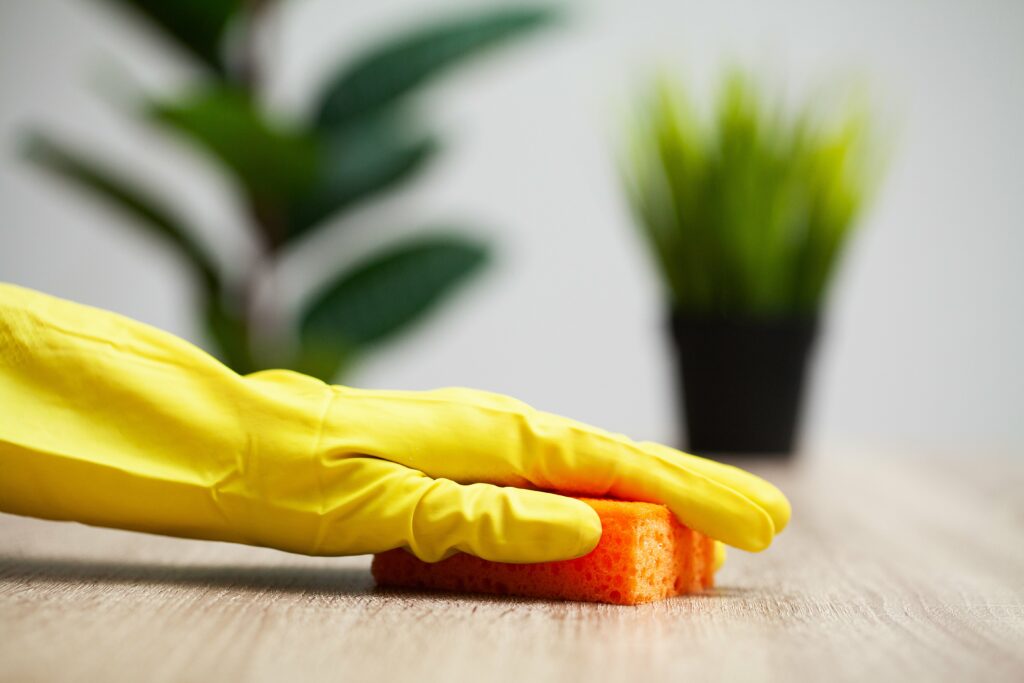
Cleaning Away Bed Bug Hassles Cleaning may not be everyone’s favorite pastime, but when it comes to keeping bed bugs at bay, it becomes an essential weapon in your arsenal. Regular cleaning practices are vital in reducing their chances of survival and preventing them from establishing an infestation.
Start by vacuuming thoroughly and frequently all around your home – not just the floors! Pay special attention to areas where bed bugs might hide undisturbed like mattresses and box springs (don’t forget those crevices!), upholstered furniture, baseboards, and any cracks or crevices near sleeping areas.
After vacuuming, it’s important to dispose of the vacuum bag immediately. Seal it tightly in a plastic bag and discard it outside your home to prevent any potential bed bugs from escaping back into your living space.
You wouldn’t want those pesky bugs making a comeback, would you? In addition to vacuuming, regular washing of all used furniture, bedding, curtains, and clothes in hot water is highly recommended.
This high heat will effectively kill bed bugs and their eggs. Don’t forget to give your pets’ bedding a good wash too if they have been exposed to potential bed bugs during outdoor adventures.
Remember, prevention is key when it comes to managing a bed bug infestation. By decluttering and maintaining a clean and organized living environment, you’ll significantly reduce the chances of these unwelcome guests finding refuge in your home.
Protecting Your Sleeping Area
Choosing the Right Mattress and Bedding Materials that Discourage Bed Bug Infestations
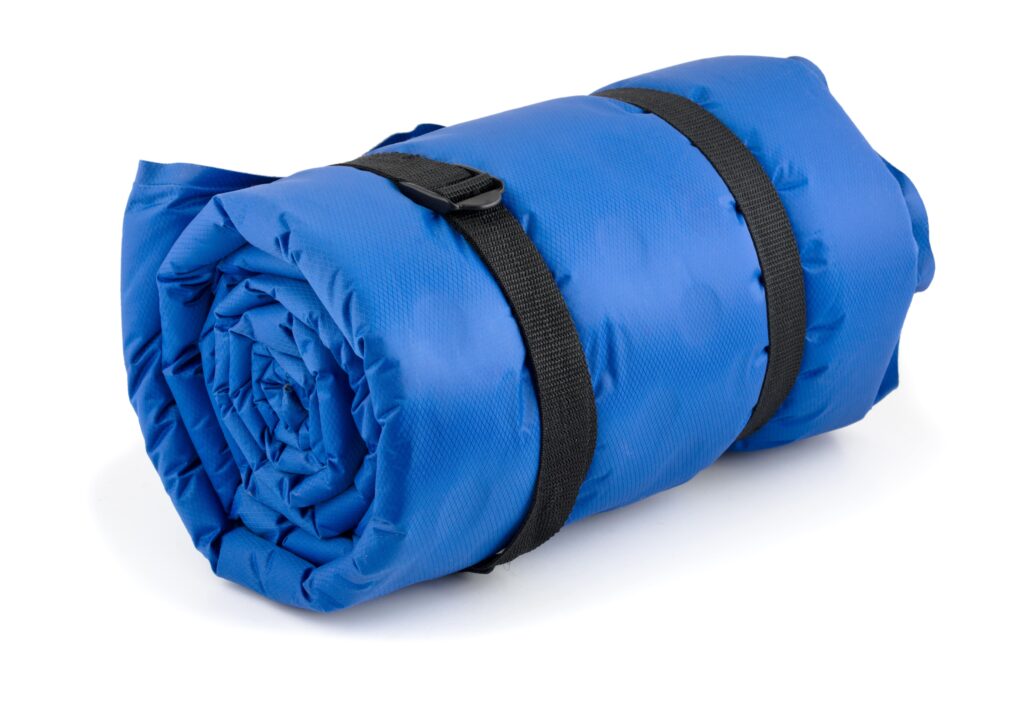
When it comes to selecting a mattress and bedding materials, making choices that deter or eliminate bed bugs can greatly reduce the chances of infestation. Opting for mattress types like memory foam or latex can be an effective step in this direction.
These materials have a dense structure, providing fewer hiding places for bed bugs compared to traditional spring mattresses. Additionally, memory foam and latex mattresses are less prone to developing crevices where potential bed bugs could hide.
A Brief Overview of the Effectiveness of Different Mattress Types (e.g., Memory Foam, Latex)
Memory foam mattresses have gained popularity due to their ability to conform to your body, providing superior comfort while discouraging potential bed bug-hiding spots. The dense nature of memory foam makes it difficult for bed bugs to penetrate or find harborage within the mattress.
Similarly, latex mattresses possess a naturally inhospitable environment for these pesky pests. The structure of latex discourages the presence of bed bugs as well as other allergens and dust mites.
The Benefits of Using Mattress Encasements or Protectors as an Additional Barrier
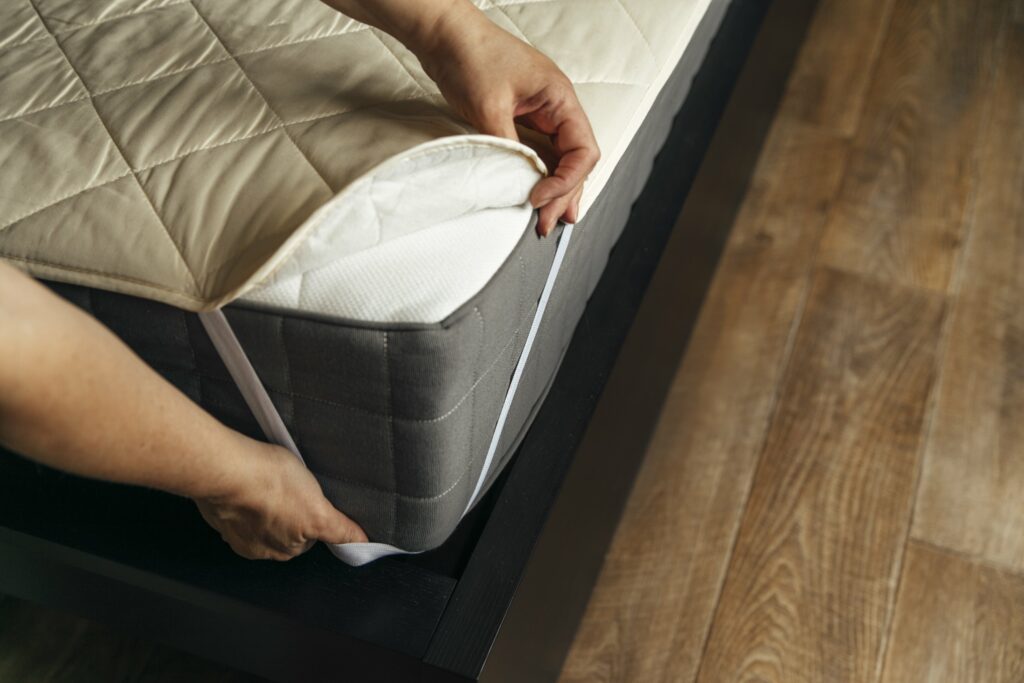
To add an extra layer of protection against potential bed bug infiltration, consider investing in some mattress and box springs encasements or protectors specifically designed to keep these intruders at bay. These encasements act as impenetrable barriers that prevent any existing bed bugs from escaping or new ones from entering your mattress and box spring. Look for encasements made from high-quality materials with specialized zippers that seal tightly shut, ensuring no unwelcome guests find their way into your sleeping area.
Travel Precautions
Informative Tips on How to Avoid Bringing Bed Bugs Home After Traveling
Traveling can be a delightful experience, but it also exposes us to potential bed bug encounters. To prevent bringing bed bugs home, it is crucial to practice vigilance and take necessary precautions while staying in hotels or other accommodations.
1: Checking Hotel Rooms Thoroughly Before Settling In

Upon arrival at your hotel room, conduct a thorough inspection to check for any signs of bed bugs. Start by examining the mattress and box spring for any signs of infestation such as live bugs, fecal stains, or shed exoskeletons.
Don’t forget to inspect headboards, picture frames, nightstands, and other furniture nearby as well. Additionally, keep an eye out for bloodstains on bed linens, sheets or mattress covers which could indicate previous encounters with these unwelcome critters.
2: Properly Storing Luggage During Hotel Stays

To prevent bed bugs from hitching a ride back home in your luggage, it is crucial to store your bags strategically during your hotel stay. Utilize luggage racks or stands provided by the hotel instead of placing your bags directly on the floor or bed where potential bed bugs might be lurking. Consider using plastic containers with tight-fitting lids as an extra precautionary measure when storing clothes and belongings.
Effective Pest Control Methods
Overview of Do-It-Yourself Approaches like Vacuuming, Steam Cleaning, and Freezing
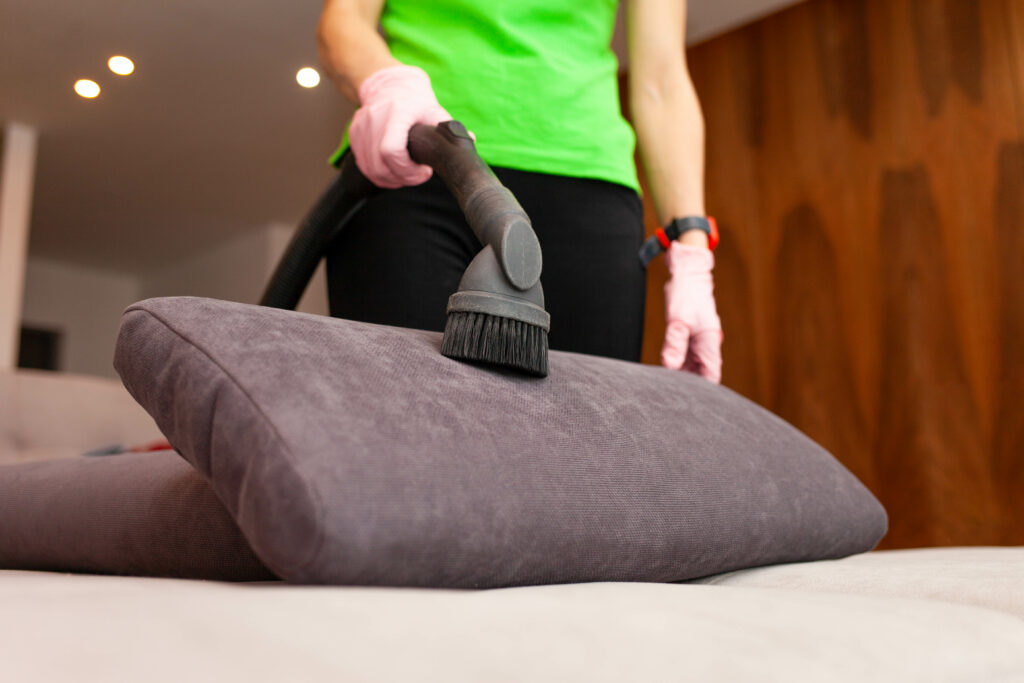
When dealing with a potential bed bug problem at home, several effective do-it-yourself methods can help to control bed bugs and their population before considering professional bed bug treatment options.
When to Consider Professional Extermination Services

While DIY methods may provide satisfactory results for minor infestations or early detection cases, consulting a pest control service specializing in bed bug control becomes essential for severe infestations that require a comprehensive approach. Trained and integrated pest management professionals have the expertise and tools to effectively eliminate these resilient pests and minimize the risk of re-infestation.
Natural Remedies and Repellents
Introduction to Natural Substances that Repel Bed Bugs (e.g., Lavender Oil, Tea Tree Oil)

For those seeking natural alternatives, certain substances can help repel bed bugs naturally. Lavender oil, known for its soothing aroma, is disliked by bed bugs and can be used as a repellent. Similarly, tea tree oil possesses strong antimicrobial properties that make it an effective deterrent against these unwelcome invaders.
Conclusion
By choosing the right mattress and bedding materials, taking travel precautions, utilizing effective pest control methods, and considering natural remedies or repellents like lavender oil or tea tree oil, you can significantly reduce the risk of a bed bug infestation in your home. Early detection through thorough inspections and regular cleaning practices are key to preventing these resilient pests from causing sleepless nights. Remember to consult professional extermination services when necessary for severe infestations for thorough eradication.
With a proactive approach and diligent efforts in keeping potential bed bugs at bay, you can ensure peaceful nights free from these unwanted guests. Sleep tight!
Overcome bed bugs with D-Termination: Las Vegas’ top-notch pest control service!

Are you currently battling bed bugs in Las Vegas? Look no further than D-Termination for assistance. Our expert team specializes in eradicating bed bug infestations and restoring comfort to your living space. Bid farewell to bed bugs by selecting D-Termination for effective pest control today!
To book your bed bug control service and reclaim your space from these persistent pests, contact us at 702-919-6310 or visit dtermination.com.
Frequently Asked Questions:
To keep bed bugs out of your house, you can take preventive measures such as sealing cracks and crevices, using bed bug-proof mattress encasements, and being cautious when bringing used furniture or items into your home.
Preventing a bed bug infestation involves practices like regularly inspecting your bedding and furniture, keeping a tidy living space, minimizing clutter, and being cautious while traveling to avoid bringing bed bugs home.
While there are various products marketed as bed bug repellents, there is no single repellent that has been proven to be highly effective against bed bugs.
The root cause of bed bugs is typically attributed to factors such as travel, the presence of infested items or furniture, or exposure to infested environments. Bed bugs can easily spread from one location to another.







